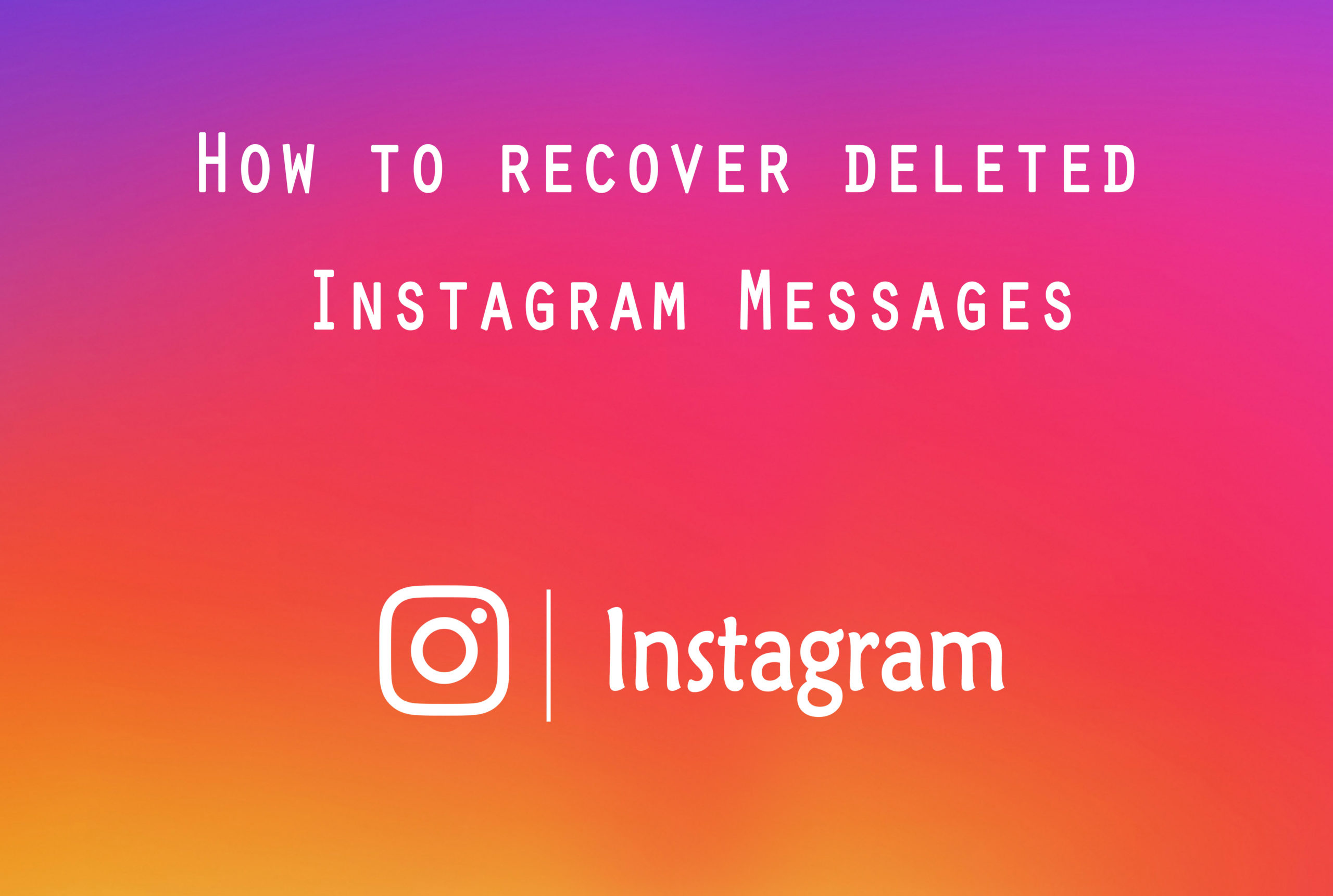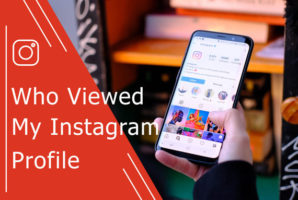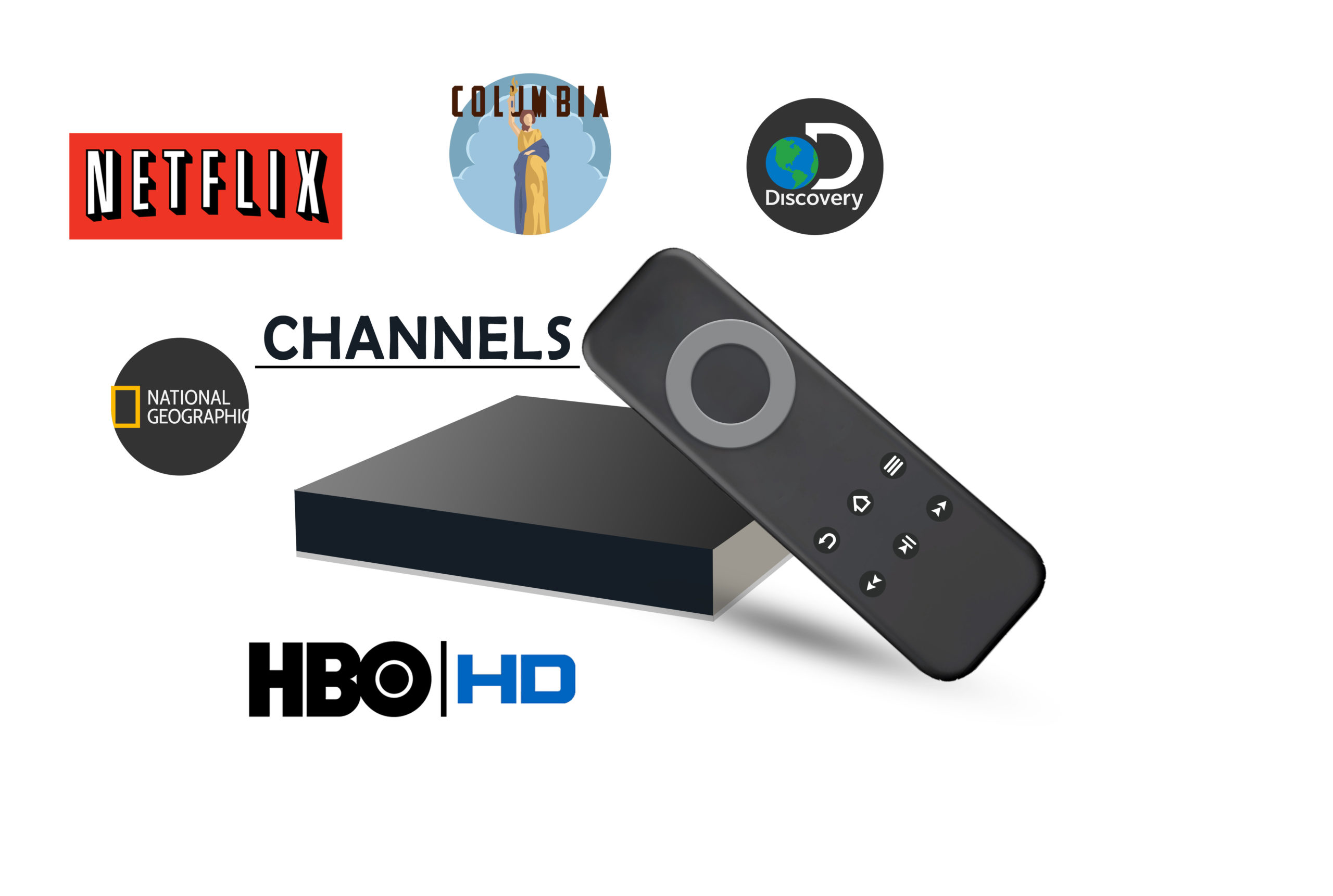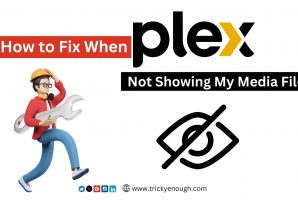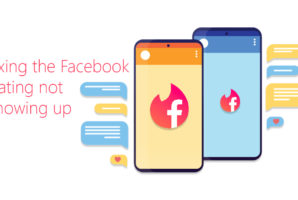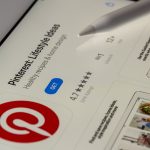Meta platforms like Facebook and Instagram give you unmatched access to billions of potential customers. Through lead ads, you can capture names, emails, and other valuable details directly inside the apps your audience already uses. But simply collecting leads isn’t enough. The real power comes when you connect those leads to email campaigns that build trust, guide decisions, and generate conversions.
This guide walks you step by step through creating a seamless Meta-to-email strategy. You’ll learn how to set up lead ads, sync them with your email platform, design emails that convert, and measure what works. By the end, you’ll have a strategy that captures attention and turns it into lasting results.
Why Meta Leads and Email Work Best Together?
Meta ads excel at visibility. They place your brand in front of the right people with precise targeting. Lead ads go further by letting users share details without leaving the app. The process is quick, frictionless, and mobile-friendly, which is why it generates more leads at lower costs compared to traditional landing pages.
But collecting details is only step one. Without follow-up, leads grow cold. That’s where email marketing adds value. It gives you a direct, controlled line of communication. You can nurture people over time, provide answers, and show them why your product or service is the right choice.
Here’s why this combination works so well:
- Meta campaigns: Excellent for scale, putting your brand in front of a large audience, but not designed to build deep, long-term connections.
- Email campaigns: Allow you to take those initial leads and gradually build trust, giving people the space to learn, consider, and eventually make a purchase.
Together, they create a full funnel that moves people from initial attention on social media to meaningful action in their inbox.
Think of Meta lead ads as a door. Email opens the room behind it, where relationships and conversions actually happen.
Setting Up Meta Lead Ads the Right Way
The structure of your lead ad plays a major role in the quality of your email list. A well-designed form captures more names while also ensuring the people who sign up are the right fit for your brand. To get there, focus on a few key principles:
- Choose the right objective: Select “Leads” as your campaign goal. This ensures Meta’s algorithm optimises delivery to users most likely to complete forms. Choosing a different goal, like “Traffic,” may bring clicks but fewer usable leads.
- Keep forms short: Long forms increase drop-offs. Every extra field adds friction. At a minimum, collect a name and email. If your sales process needs more data, test asking one additional question at most. Save the rest for nurturing emails later.
- Make it mobile-friendly: Since most Meta traffic is mobile, your form must feel natural on small screens. Avoid long descriptions. Use plain language. A single glance should make it obvious what the lead will get by submitting the form.
- Ask purposeful questions: Collect only what you plan to use. For example, if you’ll segment emails by interest, include a multiple-choice field like “What best describes your goal?” Otherwise, skip the extra questions. Collecting unused data creates friction without adding value.
- Offer something meaningful: Users expect something in exchange for their details. Discounts, downloadable resources, or early access often work best. The perceived value should outweigh the “cost” of sharing personal information.
It’s also smart to test your form flow on both iOS and Android devices. What looks clean on one platform might break or feel clunky on another.
Finally, keep design in mind: match your lead ad’s visual style to your brand. A well-branded image or video builds trust instantly. If your ad looks inconsistent with your website or emails, leads may second-guess whether to submit their details.
Getting Leads Into Your Email Platform
Speed is critical once someone signs up. If a new contact waits too long for your first email, they may lose interest. Manual exporting from Ads Manager introduces delays and errors, which is why integration is so important.
One option is to use native integrations. Some platforms, like Mailchimp or HubSpot, have built-in Meta connections. These are simple to set up but may be limited in customisation. For example, you might not be able to map all custom fields from your lead form or create advanced automation beyond the basics.
Another option is to set up third-party tools. If your platform doesn’t support Meta directly, use connectors. Third-party tools like LeadSync automatically send Meta leads straight to your email provider. This eliminates manual steps and ensures every new contact receives a timely response.
Once the technical setup is complete, automation is where the real value lies. It ensures accuracy, saves hours of manual work, and allows you to instantly trigger welcome sequences. The faster you respond, the more likely people are to stay engaged.
Leads are most responsive in the first 24 hours, and even a 48-hour delay can cut engagement in half. For that reason, automation is a critical part of any effective strategy.
Crafting a Strategy Before You Hit Send
An effective email strategy doesn’t happen by accident. Before writing anything, focus on the core decisions that will guide your approach:
- Set your goal: Decide whether your priority is to build awareness, drive fast conversions, or maintain long-term engagement. Each requires a different tone and structure.
- Define your segments: Avoid a one-size-fits-all approach. Break down your audience by intent, source, or behaviour. A discount-driven lead will respond differently compared to an information-driven one.
- Plan your timing: Decide when to send the first email and how often to follow up. For low-cost products, daily touchpoints may work. For high-consideration products, spacing emails three to five days apart often feels more respectful.
- Map your customer journey: Write down the questions a prospect might have at each stage, from “What is this product?” to “Why should I trust this company?” Then design your emails to answer those questions in sequence.
When you take the time to set clear goals, segment your audience, and plan the timing of your emails, every message feels purposeful. A well-crafted strategy gives structure to your communication and ensures your leads stay engaged instead of slipping away.
Writing Emails That Convert
Once you land in the inbox, your copy determines whether readers stay engaged or drift away. Strong writing makes the difference.
- Write strong subject lines: Keep them under 50 characters where possible. Focus on clarity and curiosity. Avoid all caps or clickbait, as those may spike opens once but harm trust in the long term.
- Use preview text effectively: Treat it like a second headline. Many people decide whether to open based on those few words. Use it to expand on the subject line rather than repeat it.
- Personalise where possible: Even basic personalisation, like including the subscriber’s name, makes emails feel human. If you collected intent data in your form, tailor the message accordingly.
- Keep copy digestible: Use short sentences. Break text into sections with headers. Add bullet points to highlight key takeaways. People skim first and read later.
- Always include a call to action (CTA): Tell readers what you want them to do. That might mean clicking to view a product, signing up for a webinar, or using a coupon. The next step should always be obvious.
Beyond these essentials, it also helps to mix up the format from time to time. A short video, an image carousel, or even a quick poll can add variety and keep readers curious.
Tone matters too. Write as if you’re talking to one person, not a crowd. This makes your emails feel authentic and strengthens the relationship with your audience.
Building Effective Nurture Sequences
A single email rarely achieves much on its own. Nurture sequences guide people from interest to decision in manageable steps.
- Welcome series: Deliver the promised incentive immediately. Then introduce your brand and set expectations for what subscribers will receive next.
- Educational content: Teach, don’t just sell. Share tips, explain use cases, or provide behind-the-scenes insights. These emails establish authority and create trust.
- Social proof: Testimonials, ratings, and user-generated content reassure leads that others have benefited from your product. Trust signals reduce hesitation.
- Conversion offers: After building value, make a clear offer. This could be a discount, a free trial, or a consultation. Timing is key, so make sure the offer comes after enough trust has been built.
- Follow-ups: Not everyone will convert right away. Plan reminder emails, but don’t overdo them. A respectful follow-up strategy shows persistence without pushiness.
In addition to these steps, you can add sophistication with branching logic. For instance, if someone clicks but doesn’t purchase, send a different sequence than someone who never opened the email.
Tailoring your approach based on behaviour keeps communication relevant and increases the chance of conversion.
Tracking and Optimising Performance
Data-driven decisions separate effective campaigns from wasted efforts. Focus on key metrics:
- Open rates: The percentage of people who open your emails reflects how strong your subject lines are and how credible your sender reputation appears. If open rates fall below industry averages, review your subject lines or remove inactive subscribers.
- Click-through rates (CTR): The share of readers who click on a link shows how engaging your content and calls to action are. Low CTR usually points to copy or offers that need refinement.
- Conversion rates: The number of leads who take the desired action is the clearest measure of success. If people open and click but stop short of converting, reassess your offer or landing page.
- Unsubscribe and spam complaints: The frequency of opt-outs or complaints highlights whether your content or sending frequency matches subscriber expectations. A rise in these numbers is a signal to adjust your approach.
A/B testing can also help refine performance. Change one variable at a time, such as subject lines, images, or CTA placement, then track the results. Even small tweaks can lead to significant improvements. You can then take these insights a step further by feeding them back into your Meta campaigns.
If one type of content or offer converts better in email, use it to inspire your ad creative. Aligning messaging across both channels makes each campaign stronger.
Staying Compliant and Respecting Privacy
Respect builds trust, and trust drives long-term engagement. The first step is to get clear consent. Only email people who have actively opted in, and avoid shortcuts like buying lists. Purchased lists may seem like a quick win, but they often harm reputation and deliverability.
It’s just as important to include easy opt-outs. Every email should have a visible unsubscribe link. If leaving feels complicated, subscribers can become frustrated, which leads to complaints and reputational damage.
Transparency also matters. At sign-up, set expectations about how often you’ll email and what kind of content subscribers will receive. Following through on those promises builds credibility.
Finally, always follow regulations such as the Controlling the Assault of Non-Solicited Pornography and Marketing (CAN-SPAM) Act in the United States, the General Data Protection Regulation (GDPR) in the European Union, and other regional laws. Compliance protects users and also safeguards your business from legal trouble.
As a best practice, go beyond the minimum. Give people control by letting them choose the types of emails they want, such as promotions, updates, or educational content. Offering that choice improves retention and strengthens trust.
Advanced Tactics to Scale Your Strategy
Once you’ve built a strong foundation, explore advanced methods to push results further.
- Dynamic content: Show different blocks of text or images based on subscriber data. For example, highlight men’s products to male subscribers and women’s products to female subscribers without creating separate emails.
- Behavioural segmentation: Go beyond demographics. Segment based on actions, like clicking certain links or ignoring specific types of content. Then adjust your messaging accordingly.
- Cross-channel retargeting: Sync your email list with Meta audiences. Retarget subscribers who engaged partially, like those who opened but didn’t click. This repetition across channels reinforces your message.
- Urgency synchronisation: Align urgency across both channels. If you launch a 48-hour sale, mention it in emails and ads simultaneously. Seeing the same message in multiple places increases response rates.
- Lifecycle campaigns: Build emails for different lifecycle stages: onboarding, re-engagement, upselling, or win-back. Meta ads can mirror these stages, creating a truly integrated funnel.
- Reactivation campaigns: Leads who go quiet after a few months can often be re-engaged with a targeted email series and a fresh Meta ad. A “We miss you” campaign combined with a limited-time perk is often enough to revive interest.
Together, these tactics help you scale what already works and keep your strategy evolving. By layering advanced approaches on top of a solid foundation, you ensure consistent growth and stronger results over time.
Conclusion
Meta lead ads are powerful for generating interest, but they only fulfil their potential when paired with a clear email strategy. When you connect your ads with timely, relevant emails, you create a system that builds relationships and converts interest into loyal customers.
Start small, build gradually, and let each improvement guide the next. With the right systems in place, Meta and email work together to amplify one another and turn leads into long-term value.
Like this:
Like Loading...






